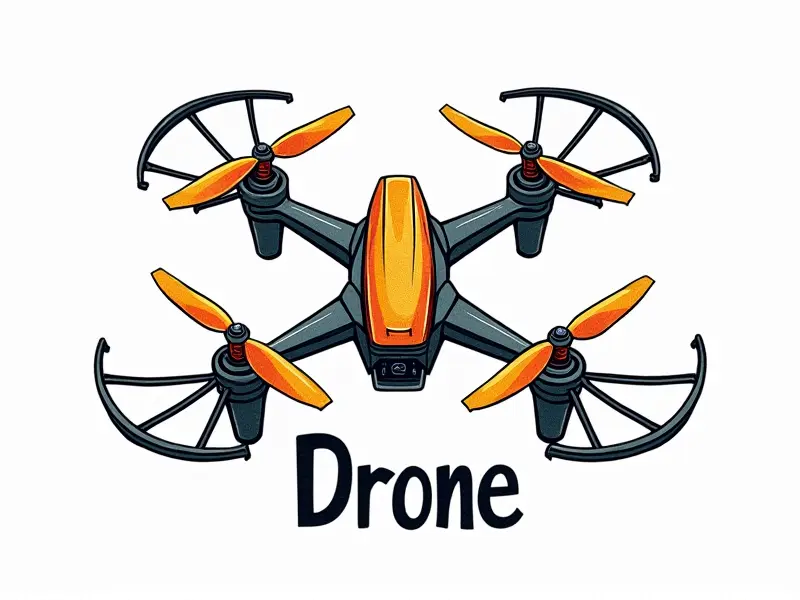DIY drone battery

Build Your Own Drone Battery Safely
If you're an avid drone enthusiast looking to enhance your flying experience, building a DIY drone battery can be both rewarding and cost-effective. However, safety should always be the top priority when handling lithium polymer (LiPo) batteries, which are commonly used in drones due to their high energy density and lightweight nature.
DIY Drone Power Solutions Explained
Creating your own drone battery offers several advantages over purchasing pre-made solutions. Firstly, you can tailor the specifications of your battery pack according to your specific needs, such as voltage requirements or capacity limitations. Additionally, building a DIY battery allows for better understanding and control over the performance and maintenance aspects.
Step-by-Step DIY Drone Battery Tutorial
The process of assembling a DIY drone battery involves several key steps:
- Selecting Components: Choose high-quality LiPo cells, connectors, balance chargers, and other necessary hardware.
- Battery Sizing: Determine the optimal capacity and voltage based on your drone's specifications.
- Wiring Configuration: Connect the cells in series (S) or parallel (P), depending on whether you need higher voltage or more current, respectively.
- Battery Protection: Install a Battery Management System (BMS) to prevent overcharging and deep discharging.
Create Perfect Drone Batteries Yourself
To create the perfect drone battery, consider factors such as cell chemistry, capacity, discharge rate, and environmental conditions. High-quality cells like 20C or higher-rated LiPo batteries are ideal for demanding applications.
Craft Custom Drone Batteries
Customizing your drone battery involves selecting components that match your specific requirements:
- Voltage and Capacity: Match the voltage to your ESC (Electronic Speed Controller) and capacity to provide adequate flight time.
- Discharge Rate: Ensure the discharge rate is sufficient for peak performance without overheating or damaging components.
Make Your Drone's Perfect Battery
The perfect battery for your drone should balance between providing enough power and maintaining safety standards. For instance, a 3S (11.1V) configuration with a capacity of 5000mAh would suit medium-sized drones well.
Simple Steps to DIY Drone Power
Follow these simple steps to build your own drone battery:
- Select the appropriate LiPo cells based on your voltage and capacity needs.
- Choose connectors that match your ESC's specifications.
- Connect cells in series or parallel according to your power requirements.
- Install a BMS for protection against overcharging and discharging.
Maximize Flight Time with DIY Batteries
To maximize flight time, focus on optimizing battery capacity while ensuring it doesn't exceed the drone's weight limits. Higher-capacity batteries can extend flying duration significantly but must be balanced against payload constraints.
Build an Efficient Drone Battery Pack
An efficient battery pack is one that delivers consistent power without compromising safety or performance:
- Balanced Charging: Use a balance charger to ensure all cells are charged evenly, preventing damage and extending lifespan.
- Proper Storage: Store batteries in a cool place away from direct sunlight, ensuring they remain within safe temperature ranges.
Assembling DIY Drone Batteries
When assembling your battery pack, follow these guidelines to ensure optimal performance and longevity:
- Sequencing Cells: Connect cells in the correct series or parallel configuration as per your design.
- Insulating Connections: Use heat shrink tubing or electrical tape to insulate connections, preventing shorts.
Create a Reliable Drone Battery
A reliable drone battery should withstand repeated use and environmental challenges. Testing the battery thoroughly before installation is crucial:
- Capacity Test: Verify that the battery can deliver its rated capacity consistently over multiple charge cycles.
- Voltage Drop Test: Measure voltage drop during discharge to ensure it meets performance expectations.
Conclusion
Building your own drone battery offers numerous benefits, from customization to cost savings. By following the outlined steps and adhering to safety guidelines, you can create a reliable power solution that enhances your flying experience. Always prioritize quality components and thorough testing to ensure peak performance and longevity.

